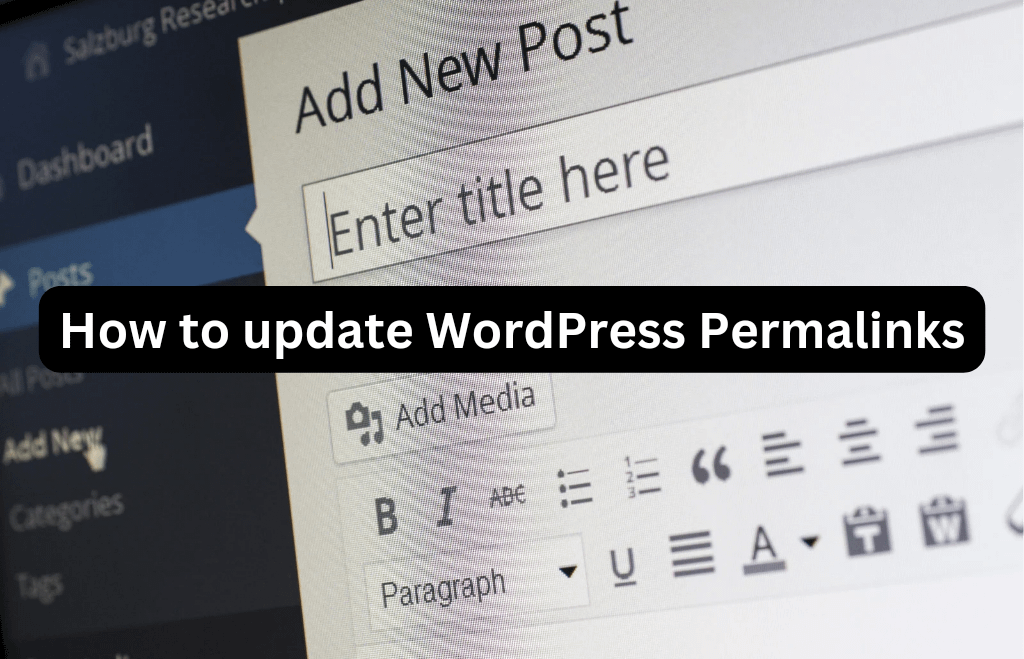Permalinks are very important in WordPress as they determine the structure and format of your website’s URLs. By default, WordPress generates permalinks that are not user-friendly or SEO-friendly. However, WordPress users are allowed to customize their permalinks to make them more descriptive and easy-to-remember. In this blog post, we will discuss the steps to update WordPress permalinks.
Step 1: Log in to your WordPress Dashboard
The first step to updating your WordPress permalinks is to log in to your WordPress dashboard. You can access your WordPress dashboard by adding “/wp-admin” to the end of your website URL. For example, if your website URL is “www.example.com”, then enter “www.example.com/wp-admin” in your browser address bar.
Step 2: Go to the Permalinks Settings page
Once you have logged in to your WordPress dashboard, go to the “Settings” menu and click on “Permalinks”. This will take you to the “Permalink Settings” page, where you can change the structure and format of your website URLs.
Step 3: Choose your preferred permalink structure
On the Permalink Settings page, you will find several options for permalink structure. The most common options are:
– Plain: This option generates URLs that are not SEO-friendly and are not recommended for use on a live website.
– Day and name: This option includes the date and post name in the URL, which can be helpful for SEO.
– Month and name: This option is similar to the Day and name option, but only includes the month and year in the URL.
– Numeric: This option generates URLs based on post IDs, which are not user-friendly or SEO-friendly.
– Post name: This option generates URLs based on the post title, which is the most commonly used permalink structure and is considered SEO-friendly.
Choose your preferred permalink structure, or if you want to create a custom permalink structure, select the “Custom Structure” option.
Step 4: Enter your custom permalink structure (if applicable)
If you have selected the “Custom Structure” option, you will need to enter your custom permalink structure in the text field provided. You can use various placeholders to create your custom permalink structure, such as:
– %year%: The year of the post.
– %monthnum%: The month of the post.
– %day%: The day of the post.
– %postname%: The post name (slug).
– %post_id%: The unique post ID.
– %category%: The post category.
For example, if you want to include the post category and post name in your permalink structure, you can enter “/%category%/%postname%/” in the text field.
Step 5: Save your permalink settings
After choosing your preferred permalink structure or entering your custom permalink structure, you need to click on the “Save Changes” button to save your permalink settings.
Step 6: Check your website’s URLs
Once you have saved your permalink settings, you can check your website’s URLs. Go to any post or page on your website and check its URL to see how your permalink settings have affected it.
Conclusion
Updating permalinks is very important to make your website’s URLs user-friendly and SEO-friendly. Updating permalinks in WordPress is very easy, and you can customize your permalinks by following these steps. Remember to back up your website before updating your permalink structure so that you do not have to restore your website in case of any problems.



